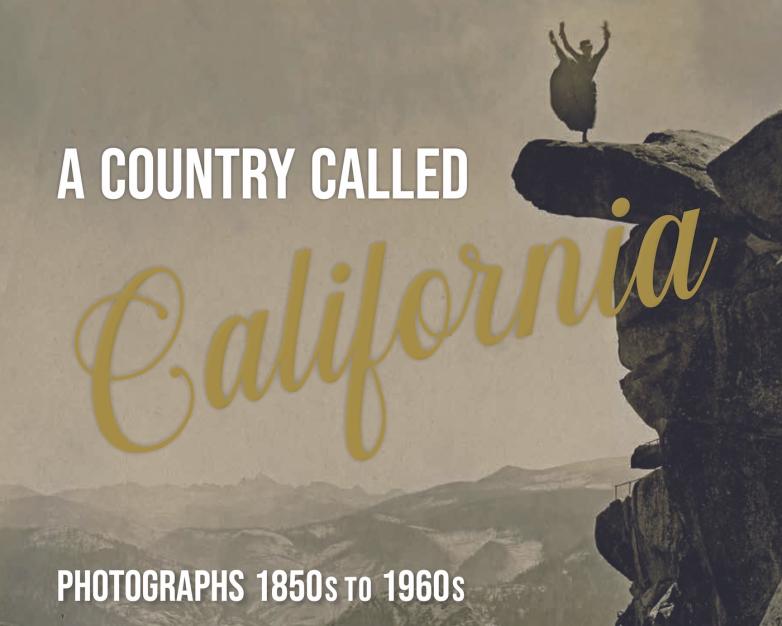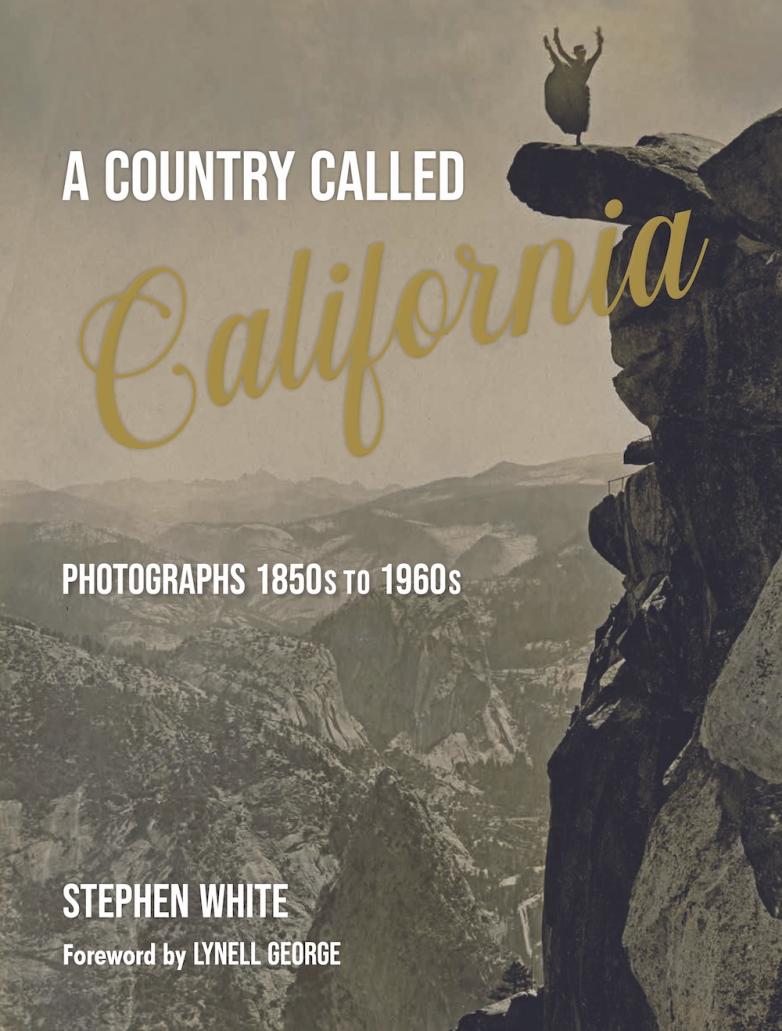RRB: Many of the photographers in your book are well-known: Adams, Weston, Lange. Who are the lesser-known photographers that are included? And what was the process of selection like?
SW: While there are a certain number of known photographers, others such as Will Connell, Kali Archibald, Hansel Mieth and her husband Otto Hagel, and Mell Kilpatrick, were serious and fascinating photographers. I managed to buy groups of their work and the images included in the book are selected from the larger collection. The art market is built around a few name photographers, but when one pursues cultural history, there is a much larger choice of photographers, many of whom do high quality work. My collecting has always gravitated toward the image rather than who made it. When I wrote the initial proposal for the exhibition and book, I broke it into various sections. The book reflects that, and my selection process was to divide what photographs I owned into each section and then select the strongest photos that told a story.
RRB: Is there any one image that just stops you in your tracks every time you see it? A favorite?
SW: I find the work of Mell Kilpatrick fascinating. He specialized in car crashes, but I find the pieces I own have a noir quality. There is also an unidentified movie still of a train rushing past a shooting film crew that never ceases to capture my attention.
RRB: There’s a photo of a Pasadena bookstore among the 200 images in this book. Tell us about it.
SW: A 1908 photograph shows Adam Clark Vroman in his Pasadena book shop. It was in an album on a trip he made to the Canadian Rockies, but had a small section on Southern California. The California photographs were the reason I bought the album. Vroman was an excellent amateur photographer who photographed Native Americans among other subjects. Vroman's is still an active Pasadena bookstore 114 years later. As a matter of fact, I will be talking about A Country Called California there on March 1.
RRB: How long have you been collecting photography? What are the major themes/parameters of your collection?
SW: I have been collecting photography since the 1970s. My first collection consisted of thousands of photographs and that collection went to a museum in Japan in 1990. My second collection is thematic and has collections in addition to California on such subjects as aviation, space, war, and industry. There are a variety of smaller collections as well, nudes, a history of photography, jazz, etc.

















